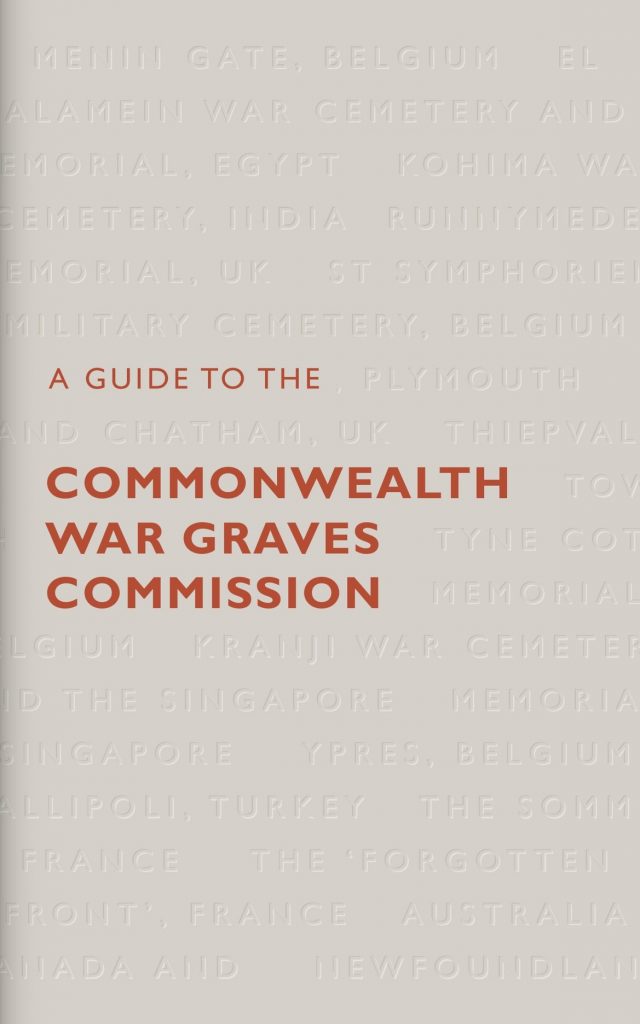While most of us are aware that the Commonwealth War Graves Commission (CWGC) cares for the graves of Australian and other servicemen and women, few are likely to be fully informed of its origins, development, principles and how it has changed over time. This neat well-illustrated volume fills that purpose and marks the start of CWGC’s second century of service.

Hardback 224pp RRP: $39.99
CWGC cares for the graves of the dead from Australia, New Zealand, Canada, United Kingdom, South Africa and India from both World Wars. (The graves of Australians from other conflicts are the responsibility of the Office of Australian War Graves- a part of the Department of Veterans’ Affairs.) Our three services are responsible for bringing bodies for burial even when that involves a recovery or archaeological effort. CWGC provides the place of burial and the continuing care for it.
The statistics of CWGC’s responsibilities are staggering. They care for 23 000 locations in 150 countries. Individual burials are recorded in registers in each burial cemetery. Those who have unidentified burials – the ‘known only to god’ – are listed on CWGC maintained memorials. The more than 10 000 unknown Australians killed in the First World War are chiefly listed on the Menin Gate in Belgium, the Australian Memorial at Villers Bretonneux and at Gallipoli. In one of the great data-base efforts, all these records are available on the CWGC site (www.cwgc.org) for all the world to see.
CWGC employs over 850 gardeners. Specific plant varieties are chosen for the cemeteries to match climatic conditions and to ensure that headstone details are not obscured. There has even been a rose variety specially developed for the cemeteries in France and Belgium.
This is a compact well-written and well-illustrated guide. A particularly useful segment provides a tour guide for the major regional burial regions. Take this book if you plan to visit the battlefields!
Reviewed for RUSIV by Mike O’Brien, November 2018
Contact Royal United Services Institute about this article.






